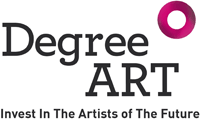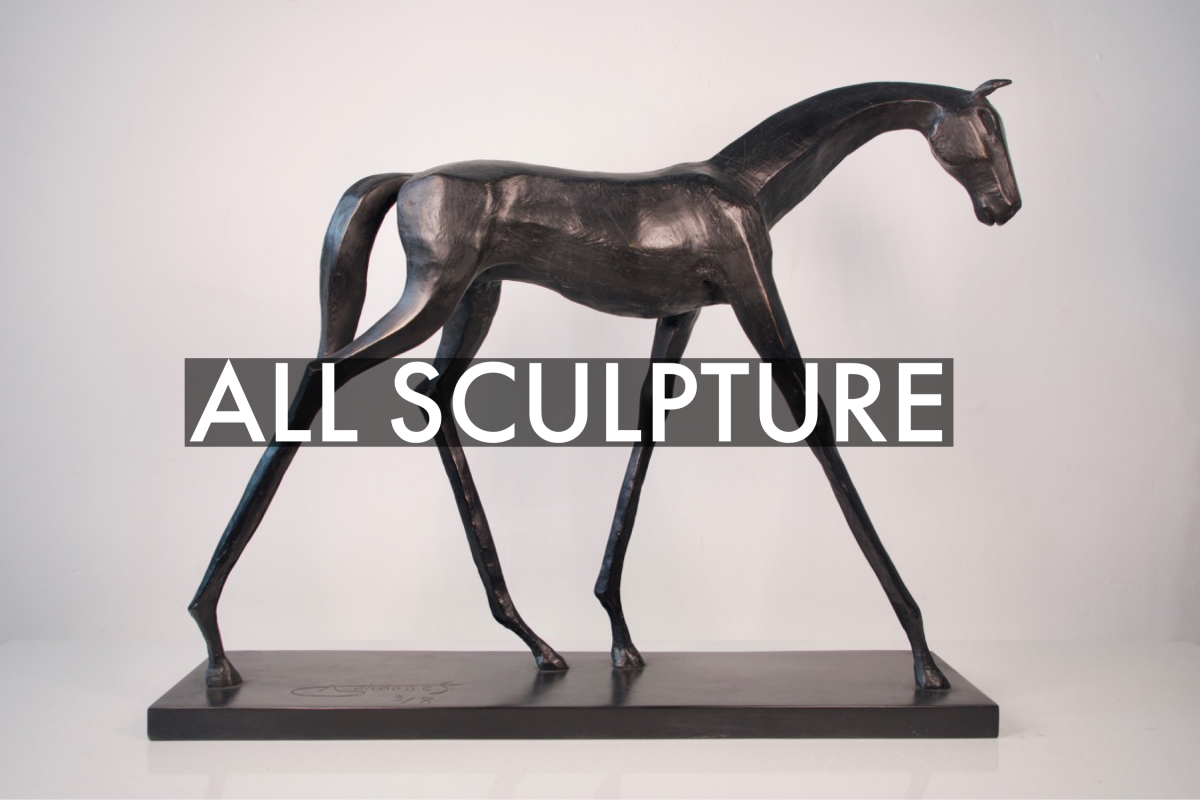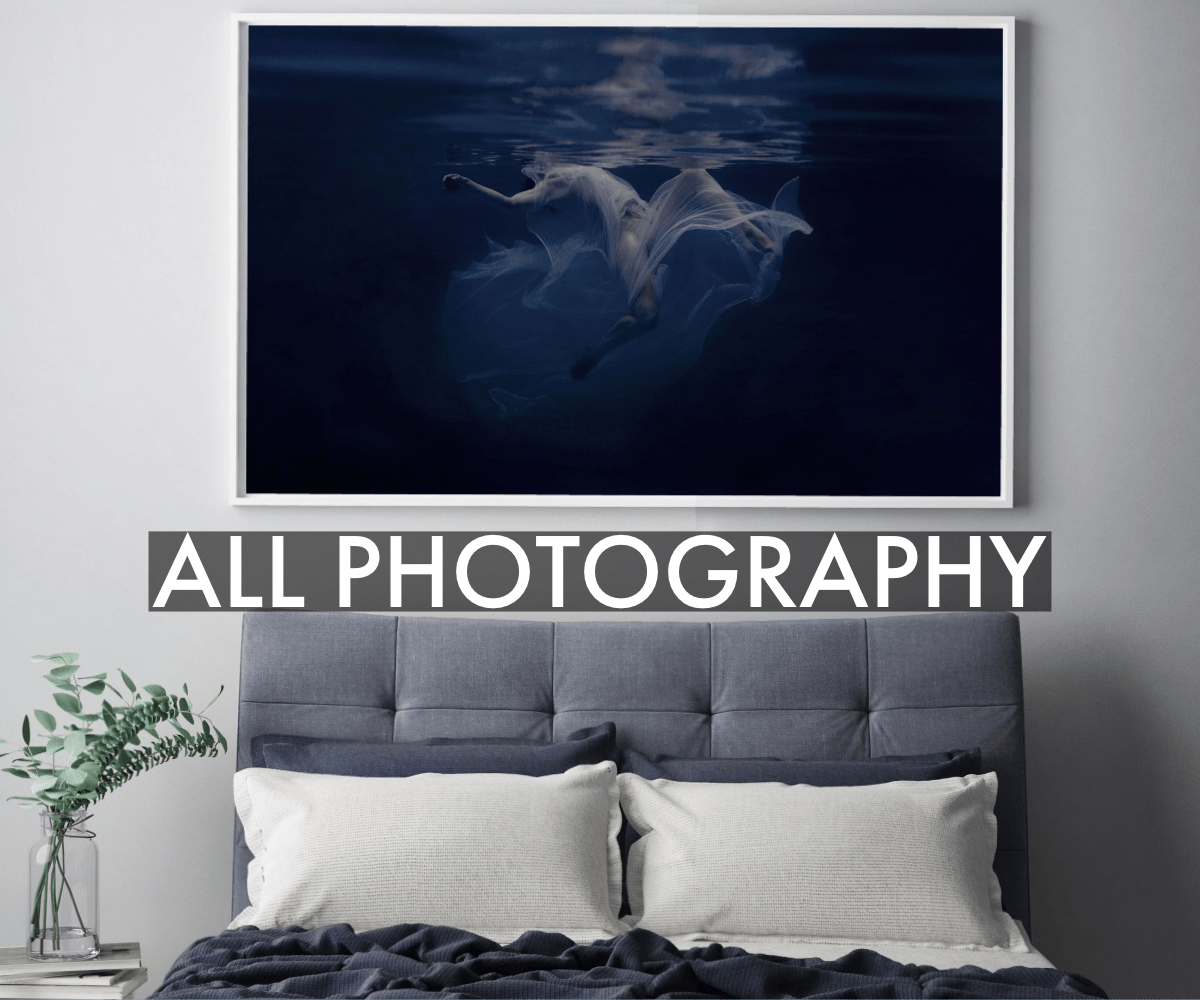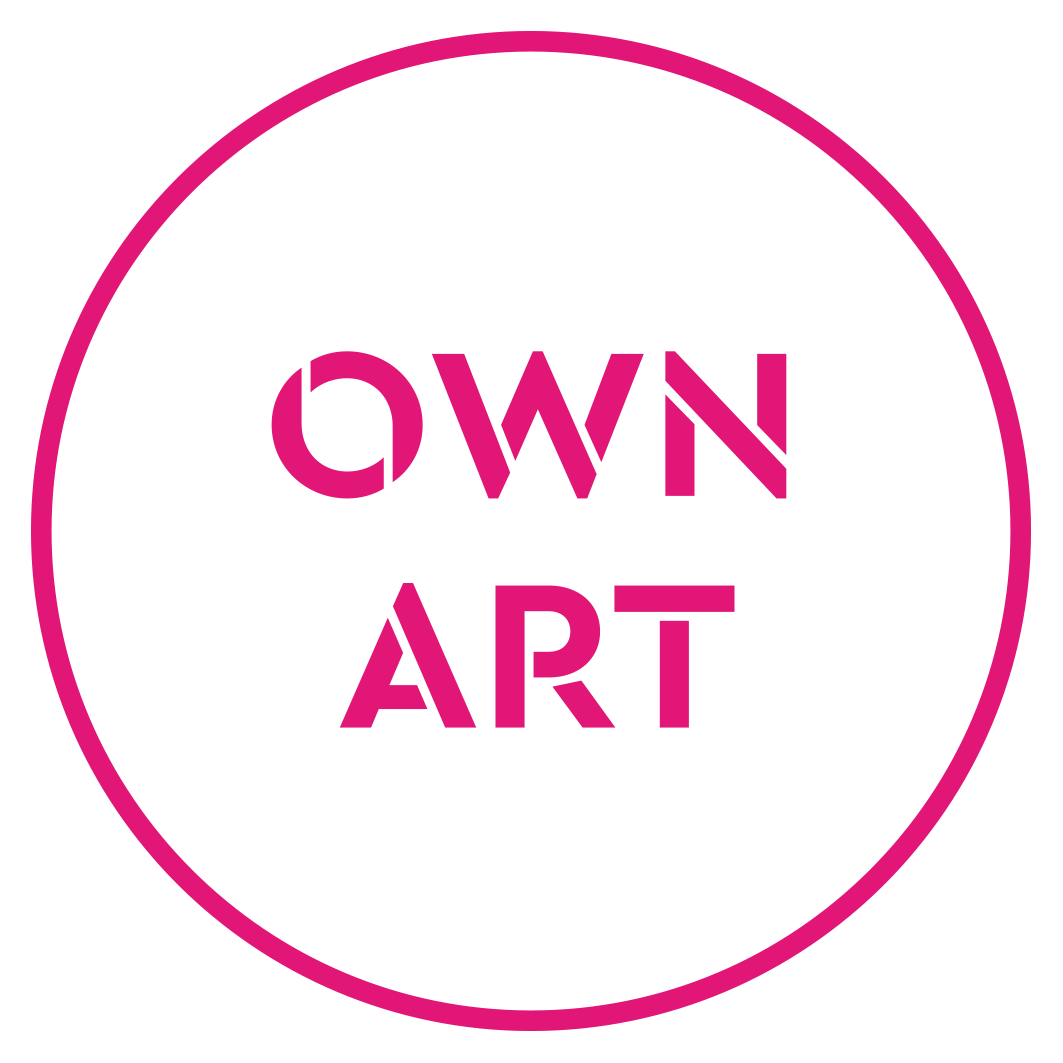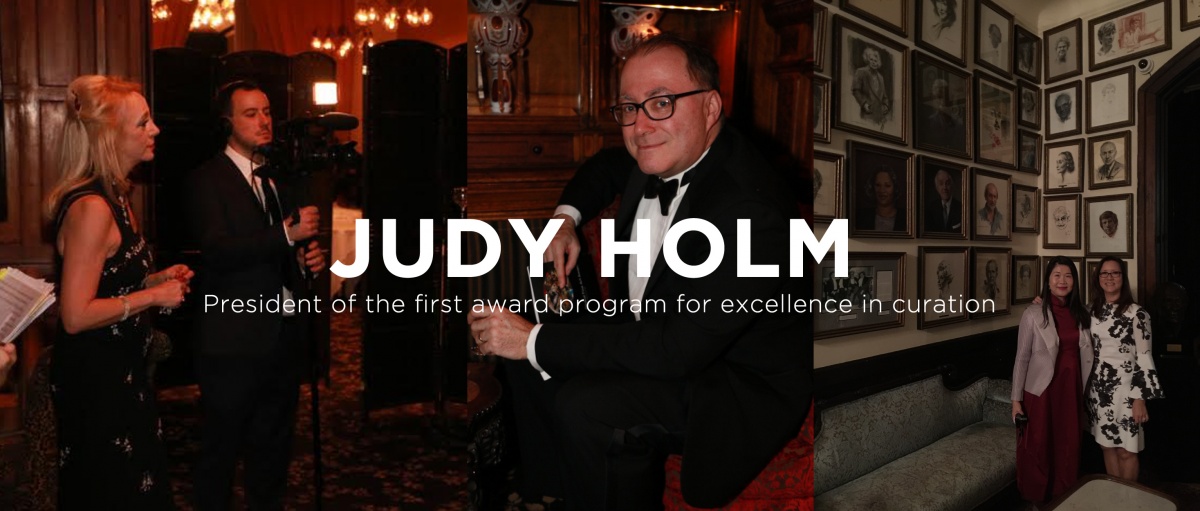
Judy Holm President and CEO of GFAA, Sean Hemingway Curator of Greek and Roman Art at The Met, Nominee Lina Lin and GFAA Advisory Board member Kimberly Lin
The Global Fine Art Awards seeks to honor innovation and excellence in exhibition design, historical context, educational value, and public appeal. This annual awards program recognizes the best curated fine art and design exhibited around the world- in museums, galleries, fairs, biennials and public installations.
1.Why do you think it is important to have awards for the best-curated art and design exhibitions internationally?
As far we I am aware, there is no program that has ever existed before the Global Fine Art Awards (GFAA) to recognize this important work in the field of art. Virtually all other cultural categories have many award programs, such as the Grammy’s and the Oscars. Not only does the GFAA program endeavor to set the standard of excellence for the international art world, but also to inspire artists, gallerists, curators and museum directors to strive for this recognition in their respective fields.
2.What are the essential elements of an innovative and inspirational exhibition?
Our research, nominating and judging criteria are innovation and excellence in exhibition design, historical context, educational value, and public appeal. Many of the nominees have a blend of cross-cultural contexts – for example, two of this year’s winners:
Best Contemporary / Post-War – solo artists
Raushenberg in China / Ullens Center for Contemporary Art (UCCA) / Beijing, China
Best Renaissance, Baroque, Old Masters, and Dynasties – group or theme
Traversing the Globe through Illuminated Manuscripts / The J. Paul Getty Museum / Los Angeles, USA
3. What are your plans for the Global Fine Art Awards in the future?
We continue to expand our global footprint in order to grow awareness of the GFAA program. This year, in addition to our current initiatives in Europe and the United States, we are participating in Art Dubai, Sharjah Biennial, and the Venice Biennale.
4. Do you have any advice for young, emerging artists?
Remain true to yourself, and look to the masters for inspiration. “ Never, never, never give up” Winston Churchill
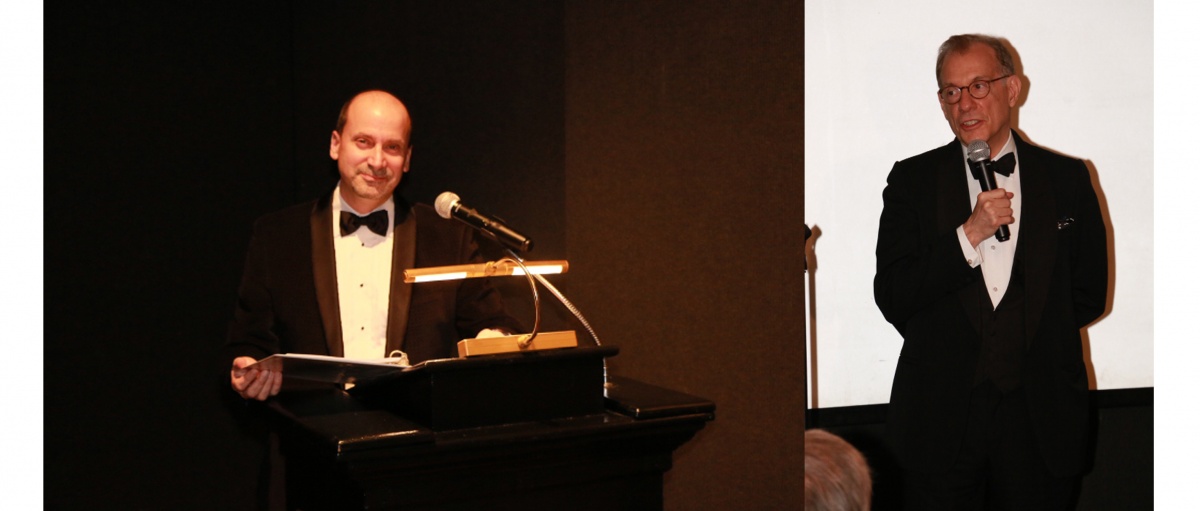
Peter Trippi, Master of Ceremonies, Winner Gary Tinterow, Director MFAH
5. How do you think technology can best be integrated into exhibition design?
The use of video and voice-over speaking about the exhibition’s history and artist can render an exhibition more “multi-dimensional.” Also, by integrating a public figure in the mix, the exhibition may become more contemporary or relevant to a broader audience.
An example of this type of creativity is exemplified in the current exhibition on Hercules Segers at the Metropolitan Museum in NYC, which traveled from the Rijksmuseum in Amsterdam. There is a video installation created by Christian Borstlap, where parts of the background of the paintings appear to pop-out and move across the screen, producing a more film-like and three-dimensional quality to the paintings, and to the life of the artist. It is further enhanced with a voice-over from John Malkovich.
This is the first full retrospective of the work of Hercules Segers, one of the most mysterious and experimental artists of the Dutch Golden Age.
6. What are some of the exhibitions you are looking forward to seeing in 2017?
Ahhh, that is the big secret! Please ask your readers to check back with us in early October, when we announce the 2017 Nominees.
